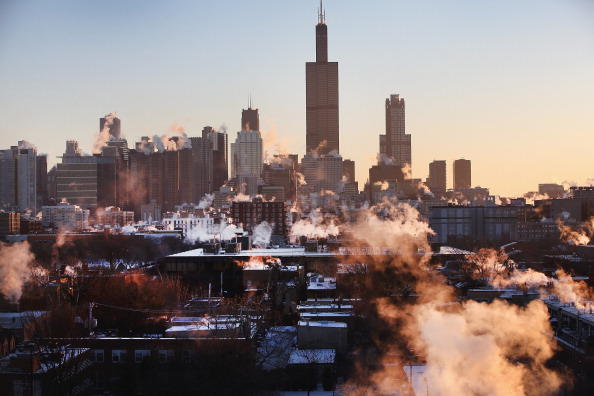This article was originally published on 07/25/2019
For many communities of color in the United States, surveillance is not trapped in the past, but a part of every day life. Over time, early forms of surveillance such as slave ledgers and planation structures transformed into federally sponsored methods like the infamous Counter Intelligence Program (COINTELPRO). As technology continues to develop, surveillance does too and although it existed long before computers, the digital age has allowed it to rapidly expand, putting communities of color at increased risk.
When San Francisco began considering a ban on facial recognition, the threat of wide-spread government surveillance continued to pop up as a cause for concern.
“While surveillance technology may threaten the privacy of all of us, surveillance efforts have historically been used to intimidate and oppress certain communities and groups more than others, including those that are defined by a common race, ethnicity, religion, national origin, income level, sexual orientation, or political perspective,” the proposal noted.
Although San Francisco did pass the Stop Secret Surveillance Ordinance, communities of color are still at increased risk due to facial recognition technology’s use across the nation.
For example, real-time face surveillance — which essentially allows videos to be analyzed as they’re recorded — is in use in both Detroit and Chicago. It’s worth pointing out that these are both heavily Black cities. According to the United States Census Bureau, Detroit and Chicago are nearly 80 and 31 percent Black, respectively. Black communities in both cities have been historically surveilled by the federal government. In fact, the surveillance of the Black Panther Party in Chicago led the police to assassinate Fred Hampton and Mark Clark.
Often, people highlight facial recognition’s inability to read Black people in particular as a problem. The assumption here is that, if the program becomes accurate, then it’s fixed. While the increased likelihood of a mismatch makes facial recognition and real-time surveillance particularly concerning for Black communities, the question isn’t about if the government is watching the right person, but more of why they’re even watching at all. In the case of Black communities, protesters and organizers serving their communities are often watched, but so are fairly innocuous spots like Black-owned bookstores.
Beyond facial recognition, the tech industry has played a huge role in supporting the concentration camps posing as detention facilities along the country’s southern borders. In 2018, MIT Technology Review referred to Amazon as the “backbone” behind Immigration and Customs Enforcement (ICE). Data analytics company Palantir designed the Investigative Case Management (ICM) system for ICE, a program that uses reams of data to find immigrants and some instances, deport them. ICM is powered by Amazon Web Services.
“What we’re starting to see more and more is that technology and technology contracts form a huge part of ICE’s budget and are also one of their critical tools for how they’re conducting enforcement on the ground,” Field director at Mijenta, Jacinta González, told MIT Technology Review.
As revealed by Amazon’s relationship with ICE, the development of new technology has led to the development of private surveillance. Recently, Amazon filed a “Surveillance-as-a-Service” technology patent, which was pitched as a home security system.
This progression is not surprising on Amazon’s part because the company has dabbled in selling surveillance tech to homeowners with its “smart doorbell,” Ring. Last month, CNET found that Amazon was helping the police build a surveillance network with Ring doorbells.
Amazon’s decision to market surveillance to individuals instead of the market alone is clever. Currently, most bans around surveillance technology — such as facial recognition — has a focus on governments. By selling surveillance to individuals or otherwise private entities, Amazon has ensured that its technology can stay in what Atlantic Staff Writer Sidney Fussell refers to as a “regulatory grey zone.”
When it comes to technology, there is and has always been a drive to create without considering the consequences. As technology continues to change, methods of surveillance will follow suit. It’s important to be aware of the history of regularly surveilled communities in order to predict what may come in the future.

